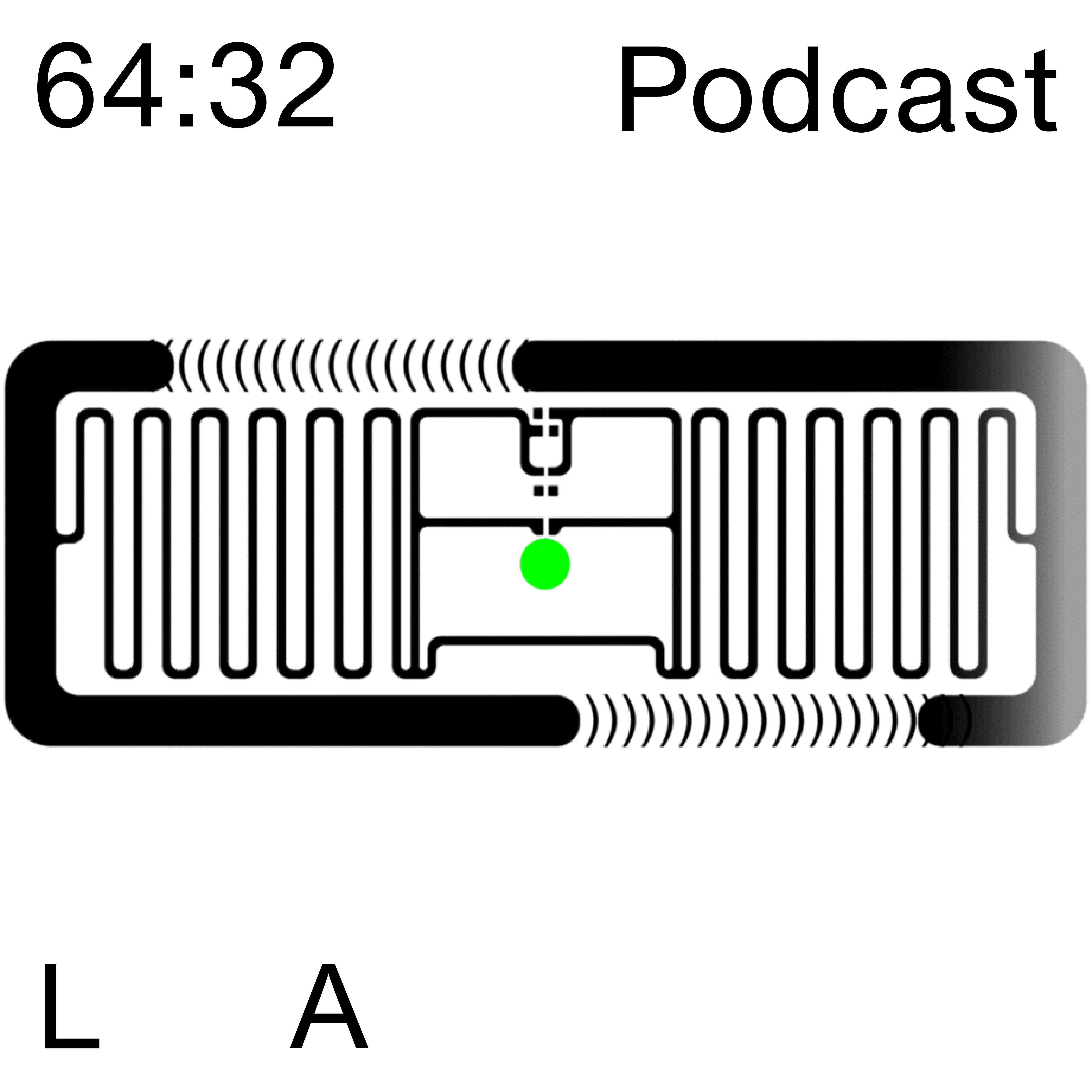Andre Dao (Machine Listening)

Our devices are listening to us. Previous generations of audio-technology transmitted, recorded or manipulated sound. Today our digital voice assistants, smart speakers and a growing range of related technologies are increasingly able to analyse and respond to it as well. Scientists and engineers increasingly refer to this as \u201cmachine listening\u201d, though the first widespread use of the term was in computer music. Machine listening is much more than just a new scientific discipline or vein of technical innovation however. It is also an emergent field of knowledge-power, of data extraction and colonialism, of capital accumulation, automation and control. It demands critical and artistic attention.\nAndr\xe9 Dao talks to artist Sean Dockray, legal scholar James Parker, and curator Joel Stern about UN Global Pulse, the UN\u2019s big data initiative, and in particular one program which \u201cuses machine Learning to analyse radio content in Uganda\u201d. They discuss the increasing entanglements of big tech, the UN and human rights discourse more broadly, as well as an emergent \u201cright to be counted\u201d.\n\nhttps://machinelistening.exposed/curriculum/\n\nFinancial support from patrons at any level has a resounding impact on our work. You can support Liquid Architecture\u2019s weekly\xa0podcast and our online journal Disclaimer, for new thinking and writing on listening and sound through a Patreon subscription, for as little as $5 a month. \n\nhttps://www.patreon.com/liquidarchitecture\n\nFor the past 20 years, Liquid Architecture has been Australia\u2019s leading organisation for artists working with sound and listening. LA investigates the sounds themselves, but also the ideas communicated about, and the meaning of, sound and listening.